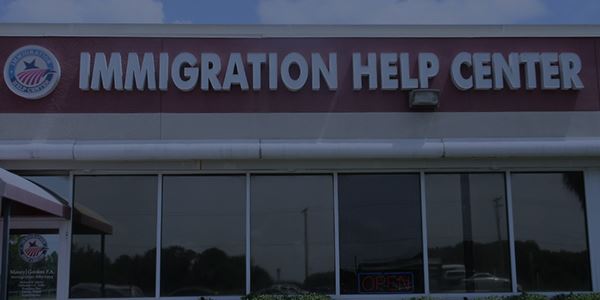The United States is home to numerous prestigious universities and colleges, attracting students worldwide. For international students, the pathway to studying in the U.S. often begins with obtaining an F-1 student visa.
Understanding the F-1 Student Visa
The F-1 student visa is a non-immigrant visa that allows foreign nationals to pursue academic studies and language training programs in the U.S. It is important to note that this visa is intended for full-time students and does not permit holders to work off-campus during their first academic year. However, opportunities for on-campus employment and certain off-campus employment scenarios are available after the first year.
Eligibility Requirements
To qualify for an F-1 student visa, applicants must meet several criteria:
- The applicant must be enrolled in an “academic” educational program, a language-training program, or a vocational program. The U.S. Immigration and Customs Enforcement must approve the school.
- The applicant must demonstrate sufficient financial support to cover tuition and living expenses for the duration of the program.
- The applicant must maintain a residence abroad that they have no intention of abandoning.
Application Procedures
Applying for an F-1 visa starts with securing admission at a SEVP-approved school in the U.S. Once admitted, the school will provide you with a Form I-20, which must be submitted when applying for the F-1 visa.
Next, you must pay the SEVIS fee and complete the visa application form (DS-160). After submitting the DS-160 form, schedule and prepare for your visa interview. The interview is a crucial part of the process where you must demonstrate your intent to return home after your studies convincingly.
Maintaining Status and Transitioning to Other Visas
To maintain your F-1 status, staying enrolled and making normal progress toward completing your course of study is crucial. Ensure to comply with the rules regarding on-campus and off-campus employment.
Upon graduation, you may want to consider transitioning to another visa category, such as the H-1B for specialized workers, if you plan on staying in the U.S. Alternatively, the Optional Practical Training (OPT) allows F-1 students to work in their field of study for up to one year after graduation.
You Might Also Like: Breaking Down Individual Temporary Visas
Nationwide Immigration Attorneys at Maney | Gordon | Zeller, P.A.
In conclusion, the F-1 student visa is a valuable tool for international students looking to study in the U.S. Careful planning and adherence to the rules and regulations can serve as a stepping stone to further opportunities. We recommend consulting with an experienced immigration attorney to guide you through the process and address any complexities you may encounter.
Our team at Maney | Gordon | Zeller, P.A. is well-equipped to handle all your F-1 visa needs. Contact Maney | Gordon | Zeller, P.A. today to get started on your journey to studying in the U.S.







